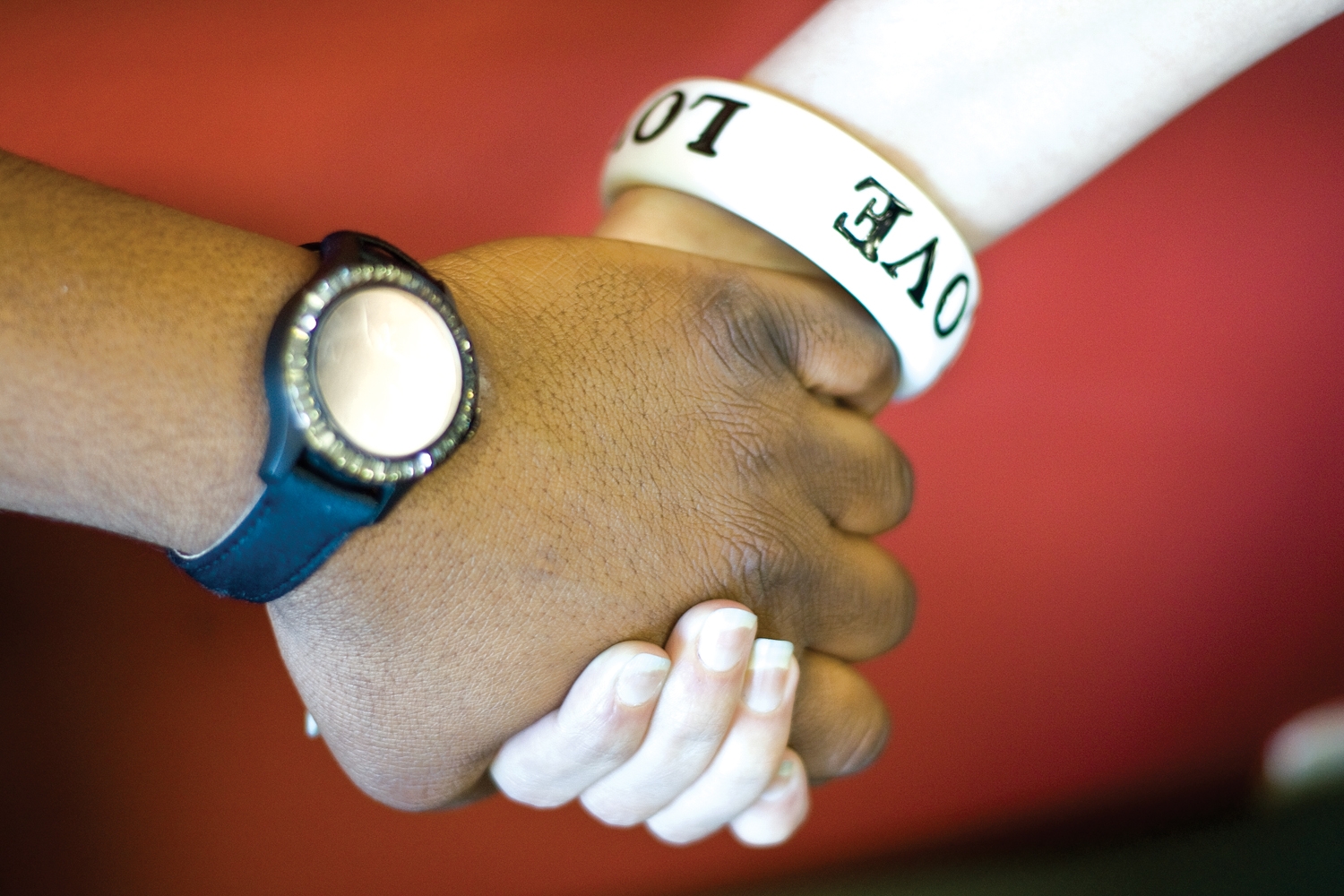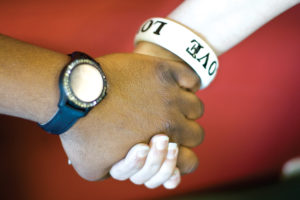Damian Mangat
Contributor
@excalweb
A white lace gown, a red lengha, or a qipao bridal frock? Perogies, moussaka, or chimichurri? These religious, cultural, and historical themes affect the 300,000 mixed couples in Canada.
According to the most recent 2006 study, blended families have increased by 34 per cent and are destined to flavour Canada’s future.
Mandy Dent (née Lau), a petite, porcelain-complexioned Chinese elementary school teacher and artisan, never imagined marrying “a white guy,” mothering “a mixed-breed baby,” or fitting the type for today’s blended couples. Her father’s history traces to a poor village in Hong Kong, her mother’s traces to the streets of Shanghai. As traditional practitioners of ancestor worship, they raised her within Buddhist and Confucianist ideals. Her Roman Catholic husband, Kevin Dent, is half French-Canadian, half Polish, and partially Anglican.
“Although I certainly was attracted to men of different cultural background, I did expect myself to marry a nice Chinese man,” says Mrs. Dent. “In my teenage years, I had a strong urge to belong to friends from a Chinese background and was really interested in my home culture.”
According to the Statistics Canada report, “A portrait of couples in mixed unions,” as our population continues to diversify along ethno-cultural lines, the chance of developing cross-cultural romantic relationships becomes a visible majority rather than the minority that existed as recently as ten years ago.
Couples counselor, social worker, and psychotherapist Eke Van der Zee has experienced the issue from both sides of the pole. She has 20 years of experience healing relationships with training in emotionally focused therapy for couples through York. She explained how the dual nature of the phenomena can be traced to breaking conventions.
Relationships are usually based on comfort and commonalities so parenting, holidays, celebrations, and family dynamics are easier to navigate in the relationship. But often, our soulmate lies outside those prearranged boundaries.
“Someone might be attracted to the excitement of something new and the excitement in exploring a different physical appearance,” says Van der Zee.
Such was the case for the Dents, who wed within a year.
“We were drawn to each other’s personalities and admired traits attributed to cultural background,” says Mrs. Dent. “For example, he was drawn to the Chinese immigrants’ stereotypical traits of strong work ethic, ability to blend into different cultural groups, efficiency and business smarts. I was drawn to his culturally influenced sense of humour, and joie de vivre.”
Other reasons why mixed relationships have grown over the years is that the stigma around “colour” is fading in urban areas.
“My own parents think [our mixed relationship is] great for breeding purposes,” says Mrs. Dent, describing her parent’s surprising acceptance of Kevin. “They think that perhaps the ‘mix’ is good for eliminating certain negative genes, especially in regards to health.”
Though mixed relationships are growing and diversifying Canada, Dent admits that the clash of culturally-nuanced personality and communication styles confuse gender identity, roles, and division of labour. Children from blended families distinguish their identity by choosing from the diverse parental traits and languages.
“Mixed couples need strong communication skills and a willingness to understand and respect each other’s culture and background,” says Van der Zee. “Parenting can be difficult when each partner wants to instill their religious beliefs, cultural customs, and values into the child at the expense of the other parent’s beliefs, culture, and values.”
There are also the occasional obstacles that come from mixed families. Van der Zee, being an immigrant herself who has children who married Canadians, has had to deal with some of these problems.
“They often fear the unknown; a ‘different’ person coming into the family circle, fear of the loss of familiar beliefs, values, customs and ways of relating to each other,” says Van der Zee. “For parents, how are the grandchildren going to be raised? They may not look like my grandchildren, having a different ‘colour.’ How can we love and get to know this daughter-in-law, or son-in-law when they are so different?”
However, with time, these obstacles become easier to overcome and by learning how to be open and mindful, these challenges don’t matter anymore.
“We’ve had to rework our expectations for our roles in our marriage and to compromise what we value. We’ve had to dig deeper to find what we feel are truly important and makes us happy in the long run. We could not go by and rely on what we know from our familial and cultural upbringing, but had to rewrite our own rules to make our lives work,” says Mrs. Dent. “But it is untrue that just because I am married, doesn’t mean I’ve cut all ties to my Chinese heritage. In fact, it is just the opposite.”
As Canada’s mixed relationships continue to grow and more and more couples wed, Canada could easily become the most diverse of all other countries.



